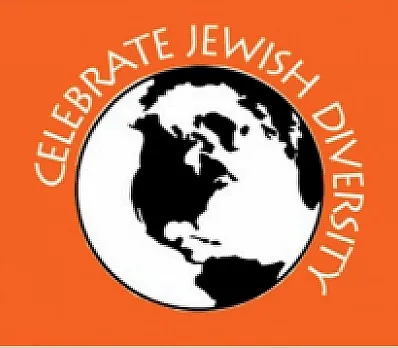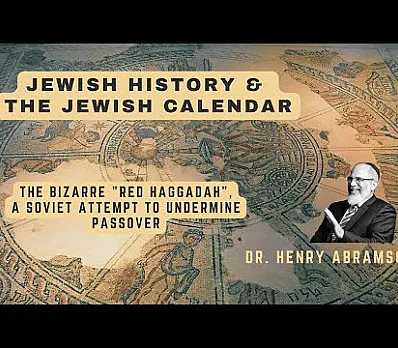4 questions & answers
FOUR QUESTIONS
Traditionally, the youngest person present asks:
Why is this night different from all other nights?
1. On all other nights we eat either bread or matsah. Why, on this night, do we eat only matsah?
2. On all other nights we eat herbs of any kind. Why, on this night, do we eat only bitter herbs?
3. On all other nights, we do not dip our herbs even once. Why, on this night, do we dip them twice?
4. On all other nights, we eat either sitting or leaning. Why, on this night, do we eat while leaning?
A different guest readers each ANSWER:
1. MATZAH:
Matzah is the symbol of our affliction and our freedom. Legend has it that when Moses and his followers fled Egypt, they moved so quickly that the bread they baked did not have time to rise. However, scholars have noted that long before the Jews celebrated Passover, farmers of the Middle East celebrated Khag Ha-matsot, the festival of unleavened bread, at this time of year. This was a festival where unleavened bread was made from the new grain harvest that took place at this time of the year. The old fermented dough was thrown out so that last year's grain would not be mixed with this year's. Therefore, the new season began with the eating of unleavened bread--matsah. Later on, the Jewish people incorporated this agricultural festival into the celebration of freedom and renewal we now call Passover. Let us all eat a piece of matzah.
2. BITTER HERBS
Tradition says that this root is to remind us of the time of our slavery. We force ourselves to taste pain so that we may more readily value pleasure. Scholars inform us that bitter herbs were eaten at the Spring festival in ancient times. The sharpness of the taste awakened the senses and made the people feel at one with nature's revival. Thus, the horseradish is the stimulus of life, reminding us that struggle is better than the complacent acceptance of injustice. Let us all eat bitter herbs.
3. DIPPING
The first time, the salty taste reminds us of the tears we cried when we were slaves. The second time, the salt water and
the green help us to remember the ocean and green plants and the Earth, from which we get air and water and food that enable us to live. Let us all dip the parsley in salt water twice.
4. RECLINING
This question goes back to ancient times in Rome, when it was the custom for rich people to eat while lying on a couch leaning on one elbow as slaves and servants fed them. The Jewish people thought of this relaxed type of eating as a sign of freedom and prosperity, so they would lean to one side eating at the Seder on Passover, the festival of freedom. Today, we who are free eat while sitting up, even at Passover, but the question remains in the service as a reminder of how it was when our people longed for freedom.
MORE QUESTIONS:
Reader: We have answered the four traditional questions, but there are still more questions to be answered. There are other special foods on our Seder plate: a sweet condiment (kharoset), a roasted shank bone (z'ro-ah), and a roasted egg (baytsa). Why are they here?
A different guest reads each answer:
Charoset: Apples, nuts, cinnamon, and wine are combined to make this sweet condiment. It is the color of clay or mortar. It reminds us of the bricks and mortar that the Israelites are said to have made when they built the Pharaohs' palaces and cities. At the same time, the taste of kharoset is sweet, and it reminds us of the sweetness
of freedom. Let us now all eat kharoset on a piece of matsah.
Shank bone: The bone represents the lamb that was the special Paschal sacrifice on the eve of the exodus from Egypt, and annually, on the afternoon before Passover, in the Holy Temple.
Egg: The egg represents life. Each of us begins as an egg and grows to adulthood. The egg reminds us of our evolutionary past and the gifts of human inheritance. But the egg is fragile. It represents potential that can be destroyed. Left alone, it would perish. Growing life needs warmth and love and security, guidance, hope, and vision. To achieve their full potential, human beings need the support and encouragement of family and community. The egg symbolizes the fragility and interdependence of life.
Secular Haggadah
- Introduction
- Kadesh
- Urchatz
- Karpas
- Yachatz
- Maggid - Beginning
- Commentary / Readings
- -- Four Questions
- -- Four Children
- -- Exodus Story
- -- Ten Plagues
- -- Cup #2 & Dayenu
- Rachtzah
- Motzi-Matzah
- Maror
- Koreich
- Shulchan Oreich
- Tzafun
- Bareich
- Hallel
- Nirtzah
- Conclusion
- Songs
Inspired to create
your own Haggadah?
Make your own Haggadah and share with other Seder lovers around the world
Have an idea
for a clip?
People like you bring their creativity to Haggadot.com when they share their ideas in a clip
Support Us
with your donation
Help us build moments of meaning and connection through
home-based Jewish rituals.
OUR TOP CONTRIBUTORS
Passover Guide
Hosting your first Passover Seder? Not sure what food to serve? Curious to
know more about the holiday? Explore our Passover 101 Guide for answers
to all of your questions.






















